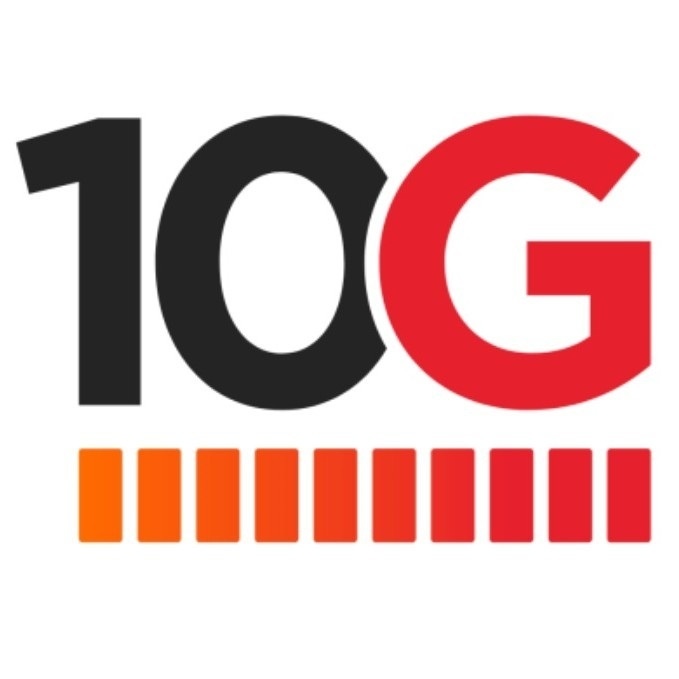Teleste says it's got a '10G' foothold with 'major' US cable operator
Cox and Charter are among the possible candidates for a deal centered on 1.8GHz amps and distributed access nodes – elements needed for a leap to DOCSIS 4.0.

Finnish network tech supplier Teleste appears to have gained a toehold in the US cable market's nascent pursuit of DOCSIS 4.0 upgrades.
Teleste announced this week it has signed a "frame agreement with a major US cable operator" focused on 1.8GHz amplifiers and distributed access architecture (DAA) nodes. Those are among the elements needed for the extended spectrum option for DOCSIS 4.0, and one path toward "10G," the industry's initiative to deliver symmetrical 10-Gig speeds, enhanced security and low latency over a variety of access network types, including hybrid fiber/coax (HFC), fiber-to-the-premises (FTTP) and even wireless.
Figure 1:  "10G" is an industry initiative focused on symmetrical 10-Gig speeds, enhanced security and low latency over multiple types of access networks.
"10G" is an industry initiative focused on symmetrical 10-Gig speeds, enhanced security and low latency over multiple types of access networks.
(Source: NCTA and CableLabs)
Noting it is conducting "extensive research and development toward the DOCSIS 4.0 specification," Teleste said it has received initial orders for the equipment and expects deliveries to commence by mid-2023.
Cox, Charter among potential partners
But Teleste, which has been working with Liberty Global on DAA deployments in Europe, did not identify the US operator by name.
Possible candidates include Cox Communications and Charter Communications, operators that have gotten behind the Extended Spectrum DOCSIS (ESD) flavor of DOCSIS 4.0. That option keeps upstream and downstream traffic separate and envisions a spectrum upgrade to 1.8GHz.
Cable One is also pursuing 1.8GHz upgrades and the ESD path for DOCSIS 4.0, but the operator, which has north of 1 million residential customers, is considered a mid-sized operator.
Comcast is unlikely the subject of the Teleste announcement. Comcast is fixated on Full Duplex DOCSIS (FDX), a version that includes a spectrum upgrade to 1.2GHz and the operation of an FDX band that allows upstream and downstream traffic to occupy the same block of spectrum.
While it's not yet clear whether Charter or Cox put in the order for 1.8GHz gear and DAA nodes, an industry source tells Light Reading that both operators currently have projects underway with Teleste.
Update: Another industry source said Cox is the subject of the Teleste announcement, and that Charter also has a similar 1.8GHz-facing engagement underway with Teleste.
Cox declined to comment on speculation concerning Teleste. But an official reiterated in a statement that the company is "committed to increased network investment and DOCSIS 4.0 and 10G is a big part of that strategy. This technology increases the speed to market and efficiency of operation, both extremely important as we serve existing customer needs and build for the future simultaneously."
Bright sign in a tough time
Teleste didn't attach any financial detail to its new US frame agreement for 10G, but it does represent a bright moment in a recent rough stretch at the company.
In June, Teleste's stock dropped amid a warning that operating profits were expected to fall "significantly" from the €5.5 million ($5.47 million) in 2021 due in large part to material and component shortages that have hampered deliveries along with inflationary pressures.
In its half-year report issued earlier this month, Teleste said product demand was strong, but said financial results were impacted by continued component supply shortages. Net sales for the April to June period rose 7.2% to €38.4 million ($38.25 million), but backlogs surged 65.2%, to €46.8 million ($46.62 million).
Despite recent headwinds caused by component shortages and increased costs, the company estimated that net sales in 2022 will still match net sales of 2021. But the company reiterated that 2022 profit levels will fall short of 2021's results.
"Our delivery volumes and particularly the profitability of our operations have been affected by the longer delivery times of materials and components, the logistics problems in Asia, the increased uncertainty in the availability of components, delivery changes requested by customers, and the still-rising prices of components," CEO Esa Harju said in a statement. "We have managed to avoid production shutdowns partly through expensive broker purchases and by significantly increasing our buffer stocks. High inflation is also increasing all operating expenses."
Related posts:
— Jeff Baumgartner, Senior Editor, Light Reading
Read more about:
EuropeAbout the Author(s)
You May Also Like




_International_Software_Products.jpeg?width=300&auto=webp&quality=80&disable=upscale)







